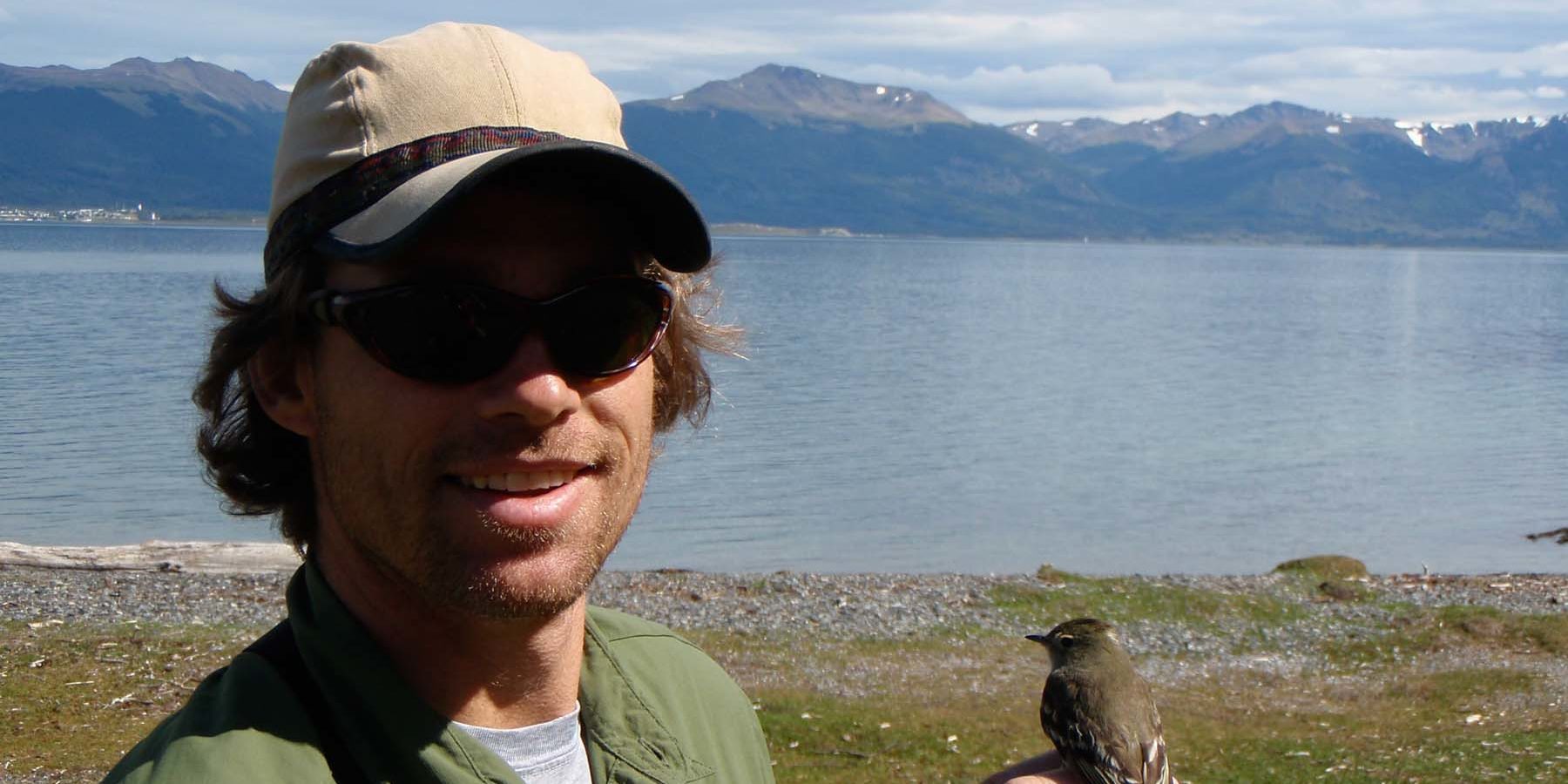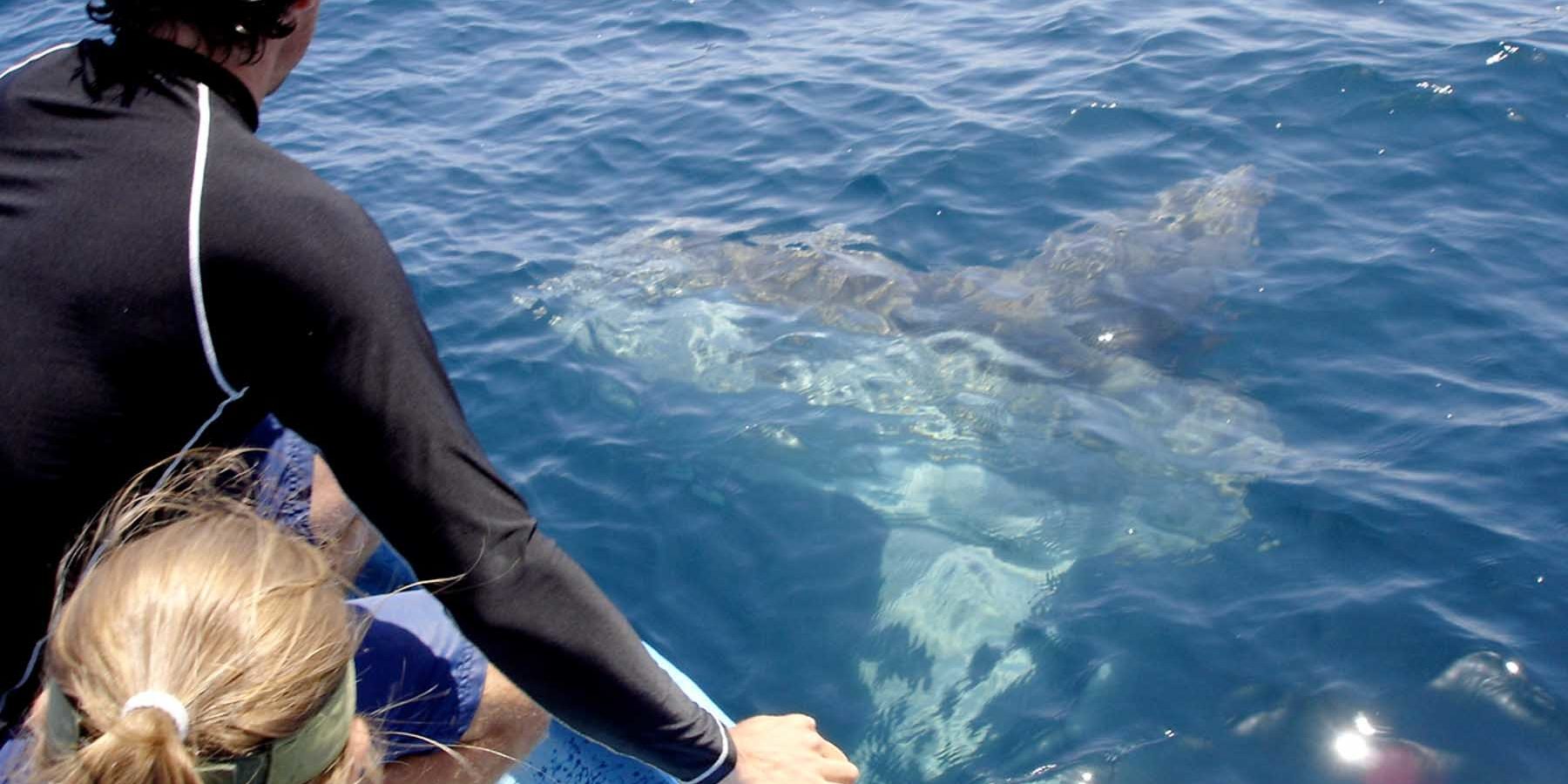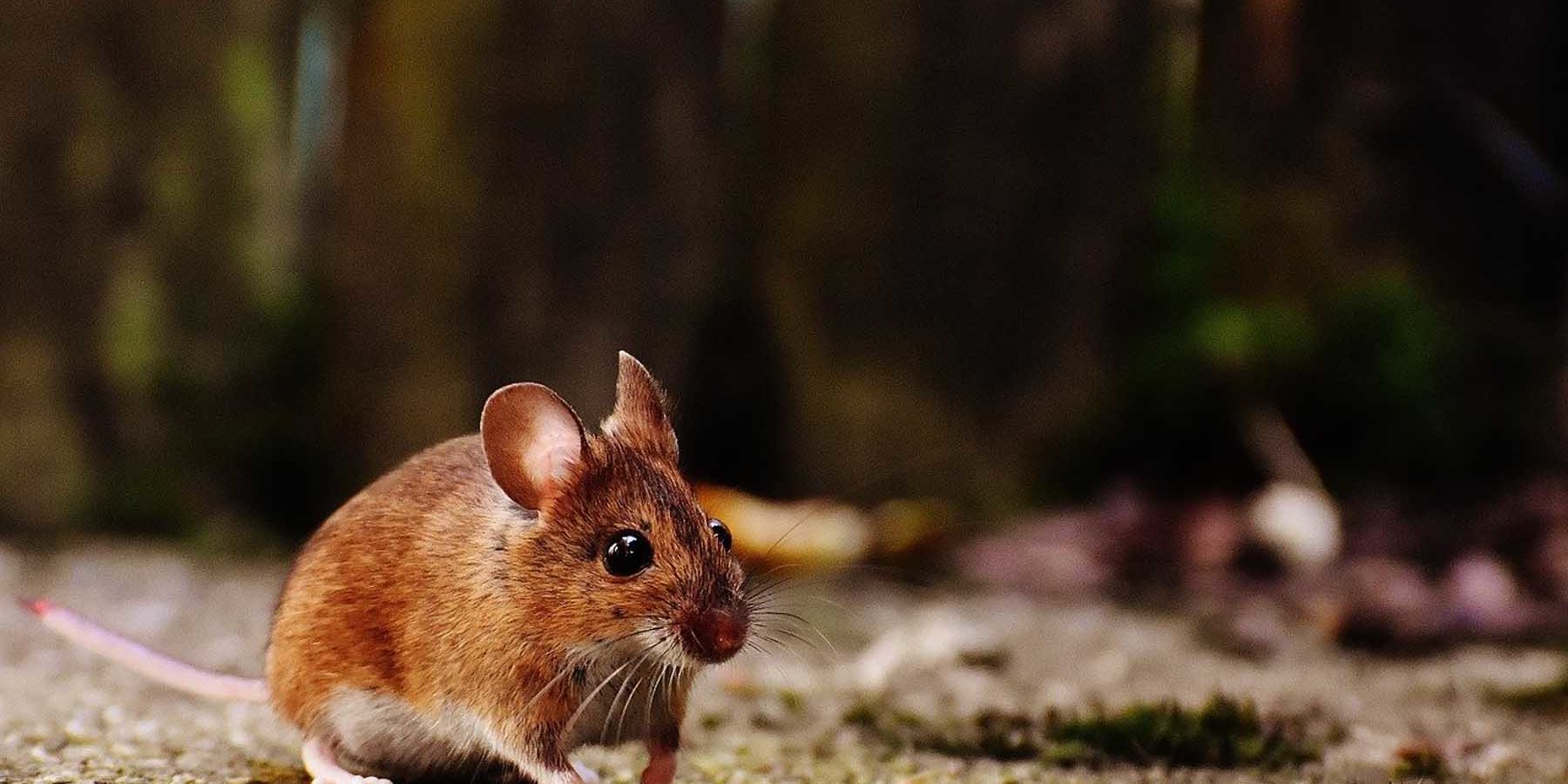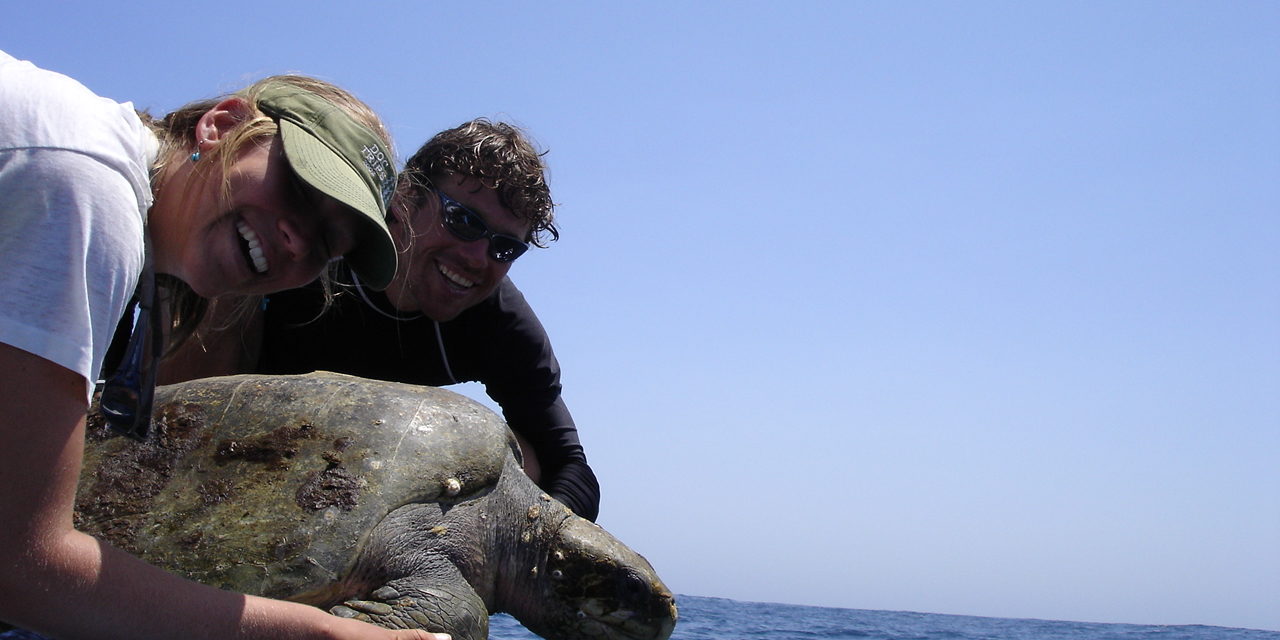
Water balance and metabolic rate are fundamental variables that influence essentially all aspects of organismal performance. To maintain water intake, animals rely on a mixture of exogenous water sources and metabolic water that is produced endogenously in the mitochondria as a byproduct of metabolism. However, current methods for tracking the water contributions from these two primary inputs require either extensive sampling of environmental water sources or capturing the same individual animal at least twice. Both tasks are frequently impossible in the field, severely limiting the study of these important variables in free-ranging animals.
To overcome this challenge, we are developing the use of Δ17O measurements from a single sample of animal body water to quantify the fractional contributions from exogenous and endogenous sources to the body water pool. Using captive animals in controlled conditions we will experimentally evaluate the effects of changes in exogenous water intake and metabolic rate on the Δ17O of animal body water. We will also assess longitudinal changes in Δ17O of wild animals experiencing natural fluctuations in temperature and precipitation that influence their water balance and metabolism. Results from the lab and field will be compared to traditional approaches involving δ18O modeling and the doubly-labeled water technique. Finally, we will optimize the analytical methods of Δ17O measurements, including for organic tissues, which will reduce the costs and required expertise of this approach and promote its adoption by ecophysiological and ecological researchers.

Energy availability has long been recognized as a predictor of community structure. However, causal relationships between energy availability and community structure remain unclear. One challenge is that determinants of available energy in natural systems are diverse and often unidentifiable. Multiple, functionally distinct sources of energy exist in most ecosystems and energy from these sources flows across habitat boundaries. Another challenge is that “community structure” consists of at least three main components—standing stock, trophic structure, and diversity—and energy availability does not consistently predict any one component. Understanding processes underlying patterns of community structure requires identifying interactions between those three components of community structure. Yet such studies are rarely conducted.
Wood fall communities in the deep sea are an ideal test system for many theories about community assembly and energetic theory for three reasons. First, the amount of energy available to the community can be precisely manipulated in the form of wood mass. Second, flows of energy from wood through the community can be easily tracked because animals supported by wood are isotopically distinct from other animals in the deep sea benthos. Finally, the entire community associated with a wood fall can be sampled, allowing for accurate estimates of standing stock. For these reasons, deep-sea wood falls facilitate accurate joint analysis of standing stock, trophic structure, and diversity as a function of energy availability. The goal of this project is to identify the interactions in energetic processes that regulate community structure, using ROV/submersible-deployed wood falls. Wood will be deployed in (1) varying sizes to control the amount of chemical energy added to the community, and (2) of different wood densities to control the rate at which chemical energy is made available to the community.

Gut microbiota are now recognized as integral components contributing to the health and fitness of animals. Within a single host, hundreds (or thousands) of different microbial species form tight symbiotic communities influenced by many factors, including host diet. These communities often metabolize compounds that their host species cannot, and likely supply essential compounds needed for homeostasis and reproduction, particularly for organisms that experience seasonal or persistent protein limitation. To date, the role the gut microbiome plays in the protein metabolism of its hosts has not been systematically explored, even in humans. This project will combine inter- and intramolecular amino acid stable isotope analysis with next generation genetic sequencing to (1) identify, then potentially quantify, the degree to which the gut microbiome contributes to protein budgets and tissue building of its hosts, and (2) characterize which microbial taxa are most closely associated with the transformation of carbohydrates and lipids into amino acids that are used by the host to synthesize tissues. These topics will be addressed through a series of controlled feeding experiments on deer mice where the proportion and isotopic compositions of dietary macromolecules and individual compounds will be systematically varied simultaneously while measuring gut mircobiome composition and their amino acid isotope composition.
This project lies at the interface of animal and microbial ecology and physiology: two active disciplines that will achieve new insights from greater intellectual exchange. Animal ecologists and eco-physiologists are discovering the many potential roles that microorganisms play, but need new methods to learn how important microbes actually are contributing to the overall health and fitness of their study subjects. Microbial ecologists have quickly amassed data that describes the composition and dynamic nature of gut microbiomes, but insight into their functional roles are limited, especially for non-human organisms. This project will explore an under-studied, but likely ubiquitous phenomenon in wild animals: the fate of amino acids synthesized by symbiotic gut microbiota in the protein metabolism and homeostasis of their eukaryotic hosts. The team will accomplish this by uniquely combining two cutting-edge technologies to trace the origin of amino acids used to build and maintain host tissues.

Stable isotope data have made pivotal contributions to nearly every discipline of the physical and natural sciences. The isotopes held within organic and inorganic substrates integrate across broad spatial and temporal scales –– from individual organisms to the global geo-ecosphere and across ancient to contemporary timescales. While the pace of growth in the generation of isotopic data rivals that of genetics, the latter field is now driven by “omic”-based approaches based on large publicly accessible centralized databases that have produced ground-break discoveries. Yet no centralized database for stable isotope data exists, which has hindered the near boundless application of this tool to study processes at large spatio-temporal scales, including pressing questions about global change. The proposed project will bring together a multidisciplinary team of analytical experts and scientists who produce and interpret isotope data with database architects and website developers in a series of workshops that will culminate in the creation of an IsoBank, a web-accessible centralized database of stable isotope data that serves an interdisciplinary research and education community.
IsoBank will enable a diverse and rapidly growing scientific community to harness the advantages of big data analytics. At the same time, it will support and increase the efficiency of a wide range of existing isotope-based applications, which require reference data to support data interpretation. We envision that IsoBank will foster interactions across disciplines that speak a common chemical language and the fusion of diverse perspectives, a process that has resulted in some of the biggest and most creative advances in science. We anticipate that our project will catalyze the overdue conversation among disciplines regarding the standards that constitute sufficient isotope metadata, which is likely the reason why a centralized isotope database does not currently exist. IsoBank will enhance the standards for data quality assurance and control by creating a network among core isotope laboratories in the U.S. that are currently producing nearly a million new datapoints per year. Lastly, IsoBank is poised to address growing initiatives of publication and funding agencies for data accessibility and transparency.

Coming soon

Demographic data such as reproductive status and age-at-maturity of sea turtles have been underscored as key requirements for management and are essential for improving monitoring and management of ESA-listed sea turtle stocks. Whereas unequivocal determination of a sea turtle’s reproductive status typically comes from gonadal examination (via laparoscopy) and in some cases hormonal analysis, insight about age-at-maturity is more elusive and has required skeletochronology of humerus bones from deceased individuals and genetic tagging of live turtles over many years at nesting beaches. Considering the logistical challenges and invasive methods for determining reproductive status, establishing a less invasive blood-based technique would be a game changer for sea turtle demographic study. Likewise, age-at-maturity has been estimated for some sea turtle populations, but the results have often differed depending on the techniques used Clearly, there is a need for an unequivocal method for determining this ‘Holy Grail’ of sea turtle demographic parameters.
Recent work led by prior M.Sc. student Laura Pages Barcelo indicates that hydrogen isotope (δ2H) analysis of sea turtle blood plasma may provide a viable method for establishing reproductive status. Blood plasma collected from adult females had significantly lower δ2H values and [H] than juvenile captive green sea turtles. This pattern is likely driven by differences in lipid concentration in circulating blood of adult females versus juveniles, as lipids have lower δ2H values relative to associated proteins because of a large isotopic discrimination during the formation of acetyl CoA from pyruvate. The higher concentration of free lipids in plasma is presumably associated with egg production, as females mobilize endogenous lipid stores prior to and during the nesting season for yolk deposition. We are applying this approach to two wild green sea turtle populations in the Pacific Ocean. Our project has two specific objectives: (1) conduct δ2H analysis of blood plasma and laparoscopy on the same individuals collected from sites in the mainland Hawaiian islands; (2) measure δ2H values in bone powder collected from humerus known-age growth layers (determined via skeletochronology) to determine (a) if this tissue presents age-related patterns in δ2H and hydrogen concentration [H] similar to plasma, and (b) what the size- and age-at-maturity is of each turtle, for males and females, based on multiple independent lines of evidence, including annuli spacing, and ontogenetic shifts in δ2H and [H]. This will be conducted on bones from green turtles stranded in southern California.